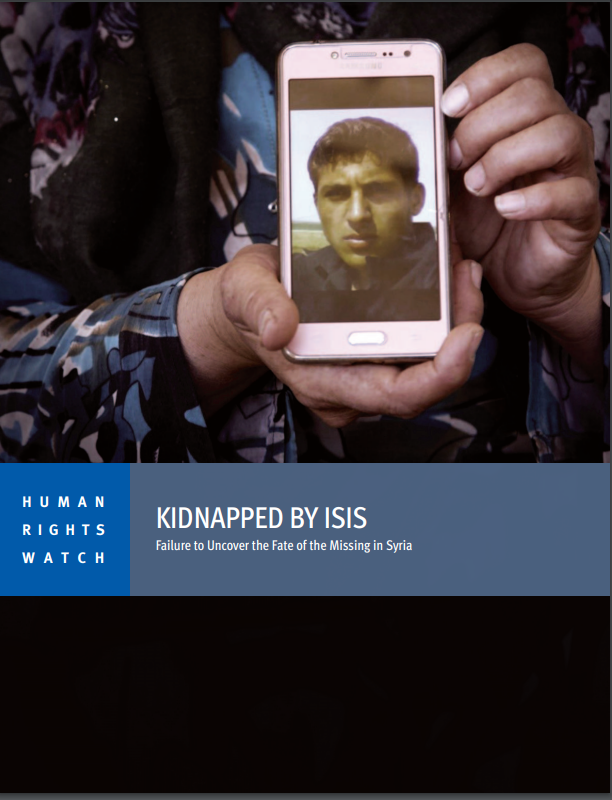The conflict in Syria has been one of the deadliest in the world, killing at least 350,000 people over the past decade and forcibly displacing over 13 million. Widespread atrocities, extensive violations of international human rights and humanitarian law, and high humanitarian needs have characterized the conflict. Civilian infrastructure has been damaged or destroyed on a massive scale, the health system has been ravaged, and an estimated 12 million—about 54 percent of Syria’s population—are food insecure, with the Covid-19 pandemic further exacerbating humanitarian needs. The United Nations (UN) Human Rights Council has expressed concern that people with disabilities, along with women, children and older persons, are among the most at risk of abuse and violence in Syria.
Based on interviews with 54 people between October 2020 and June 2022, this report examines the specific impact of the conflict on children with disabilities. It examines the risks faced by children with disabilities during attacks, mental health impacts of the conflict, the impact of poverty and a lack of access to humanitarian assistance, health care, assistive devices, and education on children with disabilities’ lives and rights. It also discusses stigma and discrimination and how these impact their human rights.
Interviewees included 6 children between the ages of 12 and 17, 2 young adults with disabilities, and 20 parents and 2 adult relatives of children with disabilities. Human Rights Watch focused on people living in northwest and northeast Syria, because of the particularly high humanitarian needs, lack of infrastructure, and greater accessibility of interviewees compared with other parts of Syria. Human Rights Watch also interviewed 18 representatives of international and local humanitarian organizations and 2 medical professionals working in Syria.





